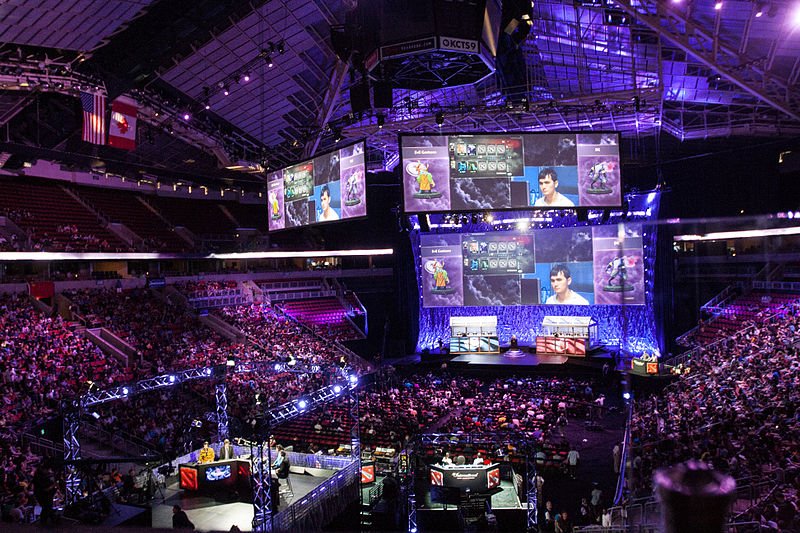What began as a niche hobby has grown into a global travel phenomenon, drawing millions of fans to cities worldwide. Sources like Leisure Group Travel’s early look at esports tourism, insights from the EsportsTravel Summit, and new 2025 data all point to one thing: esports is reshaping how and why people travel.
What is Esports Tourism?
Esports tourism happens when fans, players, or even casual observers travel to watch or compete in video game events. Think of the atmosphere of a Super Bowl — but for games like League of Legends or VALORANT.
Back in 2022, Leisure Group Travel reported that more than 61% of fans surveyed preferred live events over streaming, valuing the chance to cheer with thousands, meet pros, and explore host cities. By 2025, the EsportsTravel Summit was calling esports a true “powerhouse” for travel, with tournaments boosting hotel bookings and local economies. The proof is in the tickets: from the 2023 LoL Worlds in Seoul to the 2024 VALORANT Champs in China, events keep selling out within minutes.
Beyond the Big Events
Esports travel isn’t just about championships. Many gamers now plan trips specifically to visit new venues, meet fellow players, and form friendships. This grassroots layer of tourism is harder to measure but just as impactful — showing how gaming culture drives social and cultural exchange across borders.
Following the Numbers
Early hype in 2022 imagined the esports market exploding from $4.4 billion to $33 billion by 2032. Reality has adjusted expectations. Factors like post-pandemic slowdowns, tighter funding, and market maturity have tempered forecasts — but the growth is still strong:
- Statista (2025): $4.8 billion revenue, rising steadily toward $7–8 billion by 2029, with potential for $10–13 billion by 2032.
- Stellar Market Research: $4.14 billion in 2024, growing by 9% annually.
- SkyQuest: $1.74 billion in 2024, climbing to $6.63 billion by 2032.
- DemandSage: 20.9% growth rate, projecting $2.89 billion in 2025.
- EsportsTravel Summit: $3 billion in 2025, rising fivefold to $10 billion by 2032 — with a focus on live events and tourism.

So, while the wild projections of 2022 have cooled, what we see now is solid, steady growth — more marathon than sprint.
Why Esports and Tourism Are Intertwined
Looking back helps explain the present. In 2019, global esports revenue was recorded at $1.1 billion, a 26.7% jump from 2018 driven by sponsorships, media rights, merchandise, and ticket sales. Yet those numbers don’t capture the local impact when cities host events.
Take Rotterdam’s 2019 League of Legends tournament: the city earned $2.3 million from visitor spending, mostly from out-of-towners. By 2025, this effect has only amplified. A Miles Partnership white paper shows how destinations use esports events to attract young, tech-savvy travelers who spend on hotels, restaurants, and attractions. GWI data confirms mobile viewership is booming (56% of audiences now watch on phones), making esports more accessible and diversifying the crowd — including more women gamers. Even airlines are adapting, as Travel Radar reports, tailoring routes to match esports tournament schedules.
The Bigger Picture
If we accept Rotterdam’s numbers as a model, the multiplier effect of esports tourism could be over 200% of official industry revenues. That means if the industry grows to $10 billion by 2032, the broader travel and tourism impact could top $30 billion.
So far, no comprehensive studies capture this multiplier effect. If you know of any, we’d love to hear from you in the comments.
Featured image courtesy of Sam Churchill (Flickr CC BY 2.0)

Comments